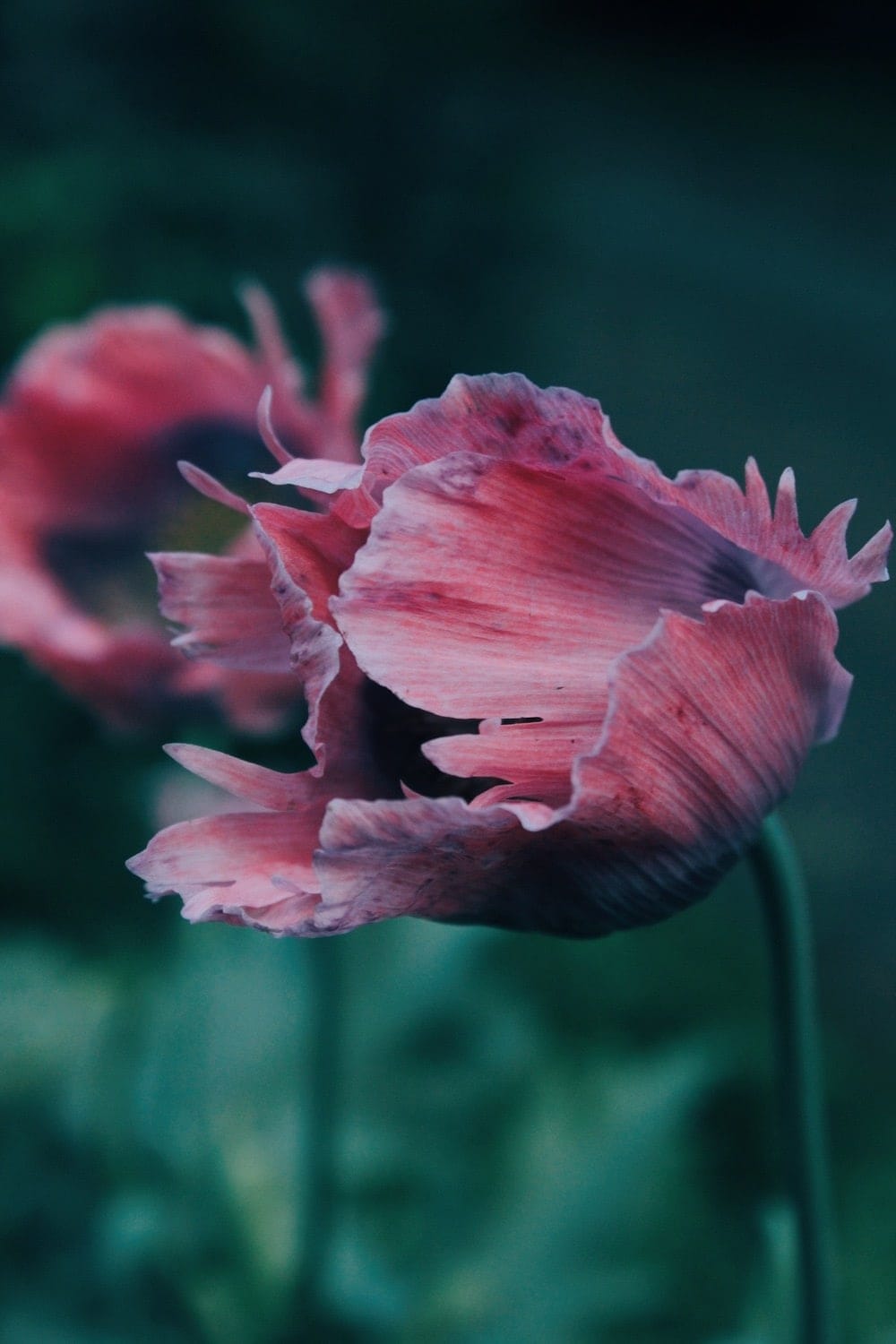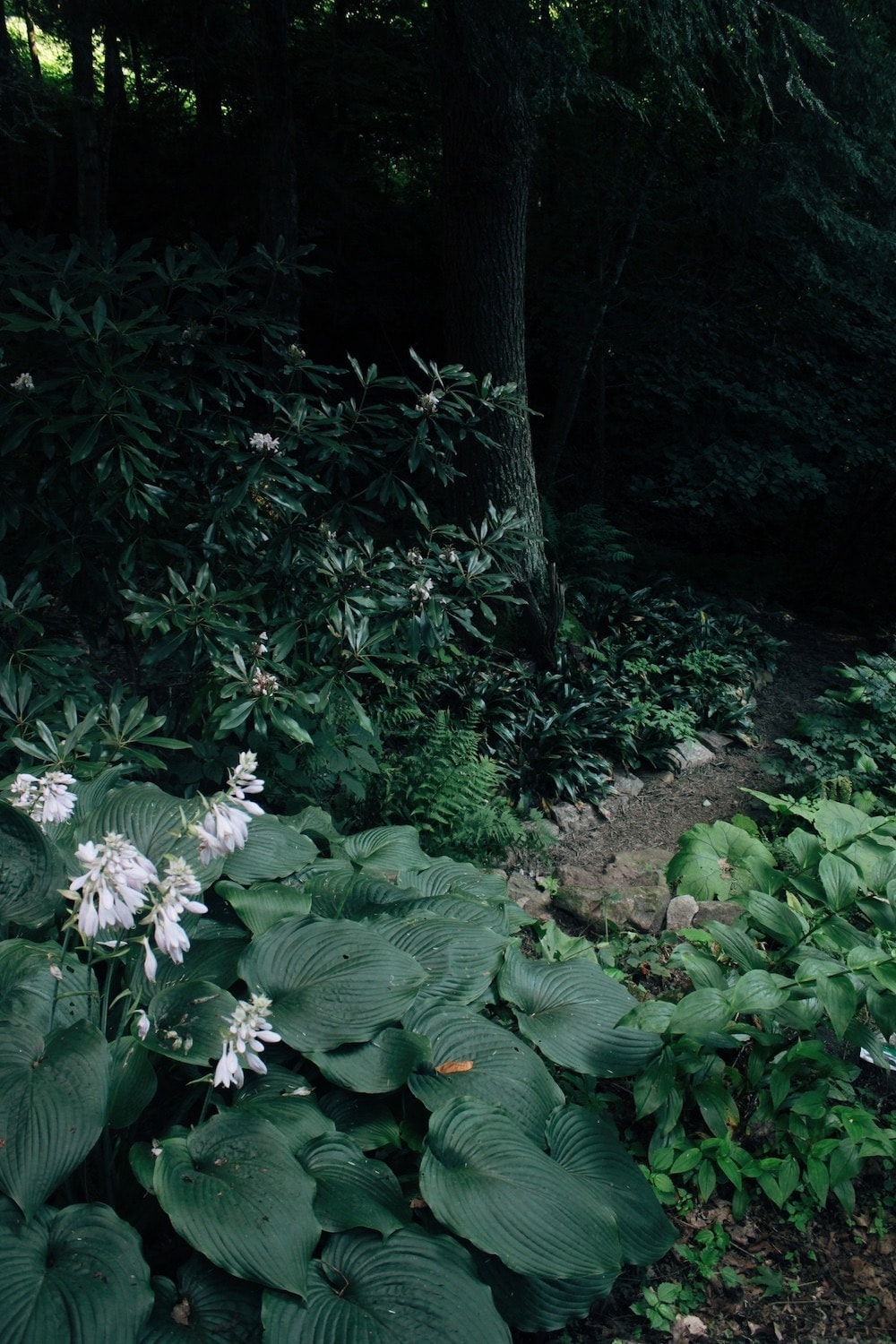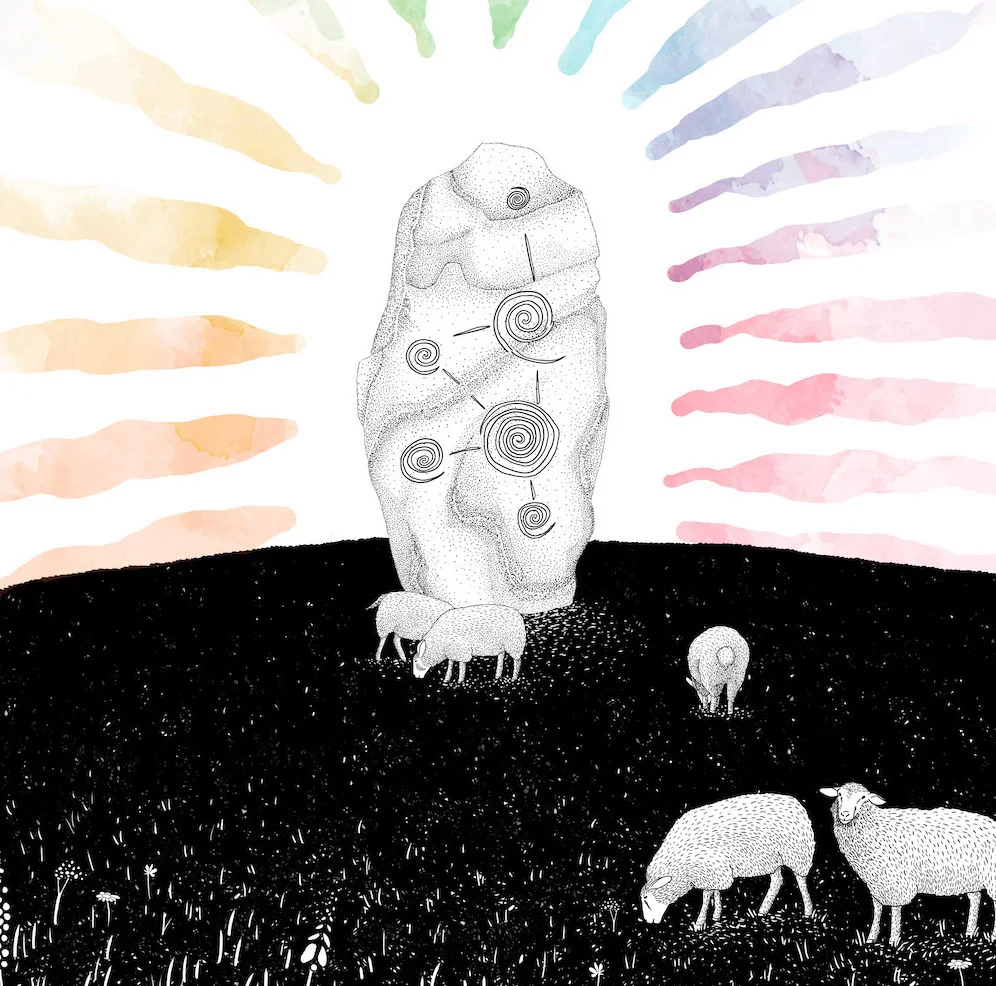Your Brokenness Makes You Whole

When I was a kid in the 90s yin-yang symbols were all the rage. From tee-shirts to posters, everyone was displaying yin-yangs. In Chinese philosophy the yin-yang symbol represents the duality present on Earth. The Yang of bright heat, fire, and action and the Yin of dark soil, water and patience. Together, the two swirls create a whole circle. Though they are opposites, each also lies within the other. A dot of yin completes the yang, and a smudge of yang makes the yin whole. As a child, I knew about this representation of complementary opposites, but I didn’t understand what the yin-yang really represented— a creative wholeness that can only come through separation.
In ancient Daoism— the philosophy that arose out of the shamanistic cultures of pre-historic China— the origin of the yin-yang is explained like this: at the beginning of creation there was one unbroken wholeness. From this wholeness, there was an original shattering and the yin and yang elements that make up our world were created. As told by the Daoists, in the beginning of our existence, humans also lived within such unbroken wholeness. Aligned with the rhythms of Earth and Heaven, humans followed the Tao, that inner stream of existence, in a motion that was as easy as breathing. When we distanced ourselves from the Earth, this connection with the Tao was severed and we experienced fragmentation and disconnection— both without and within.
In Christian theology this is the fall from grace, but for Daoist alchemists, this slip was not a damnation, but a divinely sacred opportunity. From their perspective, division and polarization wasn’t necessarily a bad thing. Watching how parted clouds come together and rain is born, or how light meets soil and green arises, or how herbs can be combined to create a healing elixir, these ancient philosophers began to see that division wasn’t antithetical to growth, it was a creative process that leads to more wholeness than before. In their view—humanity’s break from nature and the split of the original cosmos wasn’t a misstep, but a conscious choice on the part of the divine to break itself so we could come back together again with even more wisdom.

I recently went through a box of mementos and found half of an old friendship necklace from elementary school— the dark curve of the yin— and tried to remember the old friend who had the yang. I wondered, if we met today, if we would still be friends. If we could still find understanding, or common ground. Then, I realized the true test wouldn’t be whether we were still compatible, but whether, by being so different now, we could still meet one another with love and a willingness to learn. Every day the news is saturated with stories of polarization. When I talk to friends it is often this division, more than anything else, that feels like the most painful part of living in the world right now. The fragmentation around us can feel so intense, we can’t help but notice the sharp pieces inside ourselves as well.
The same division that has taken place within humanity’s connection to one another, and nature, has also happened within. In shamanism this is called dismemberment, a process where we are spiritually taken apart so we can be put back together as a new reincarnation. In Jungian psychology it is the fragmentation and reintegration of the psyche, the process of encountering our shadow— the unconscious discards of ourselves— that enables us reclaim our wholeness again. Just like in Daoist alchemy, this process of splitting and rejoining is not seen a problem. It is, instead, a solution.
In the view of the Tao, the more severe the fragmentation, the more polarized the opposites, the greater the opportunity for wholeness on the other side. The process of alchemy— of inner transformation from lead to gold— comes from breaking down and then weaving yourself together again to create a wholeness that has not yet been seen in this world. A wholeness that is even more beautiful, wise, complex and radiant than ever before.

As I write a huge thunderstorm is rocking our mountain this morning. Light flashes in the belly of the clouds seconds before the rumble shakes the windows. The water comes down like a veil over the glass and I can already see the creek beginning to swell. It is dramatic and electrifying, and a bit scary, but I also know that it is necessary for the corn and squash and basil to grow.
This time in humanity seems similar. It is dramatic, and expansive, and a bit scary, but it is all a part of the greater growth, the wholeness to come. When times are tough, or the news is too much, I remind myself that the most healing thing I can truly do, for myself and the world, is to notice the pieces of me that have gotten scared or riled and reconcile them. To accept that I sometimes feel fragmented, but those fragments are the mosaic that is the artwork I’m here to create.
Recently I was interviewed for the Shadow Side of the Feminine summit, an online conference of psychologists, sexologists, healers and practitioners, to talk about this concept of the shadow through the lens of the feminine, and how greater wholeness is arising out of this time. I was honored to be a speaker for the summit, and am deeply excited to tune in as a listener to so many luminous thinkers.
In Daoist alchemy everything that we are experiencing now— division, fragmentation, chaos, shadow and isolation— is all a part of the alchemical transformation. It is the reason why our souls came here, and it is at the heart of how we come home. It is only through breaking that we can know our true wholeness. So when life is hard, remember that a greater wholeness is alchemizing here on Earth. Reunion is en route. And the work you are doing to keep your heart and hope intact is very literally healing the world.



Thank you. I’ve just listened to your beautiful interview on the summit which led me here, finding your words nourishing to my soul🙏🏻
“ring the bells that still can ring/ forget your perfect offering/ there is a crack in everything/ that’s how the light gets in”
This fits very nicely with Sharon Blackie’s new blog post about love. I signed up for the Shadow summit, I learned about it via Bayo Akomolafe. I wish I could go sit and talk with him for a few hours. Thank you.
I’ll have to go check out Sharon’s post! Thanks for sharing Sybil. See you in the summit!